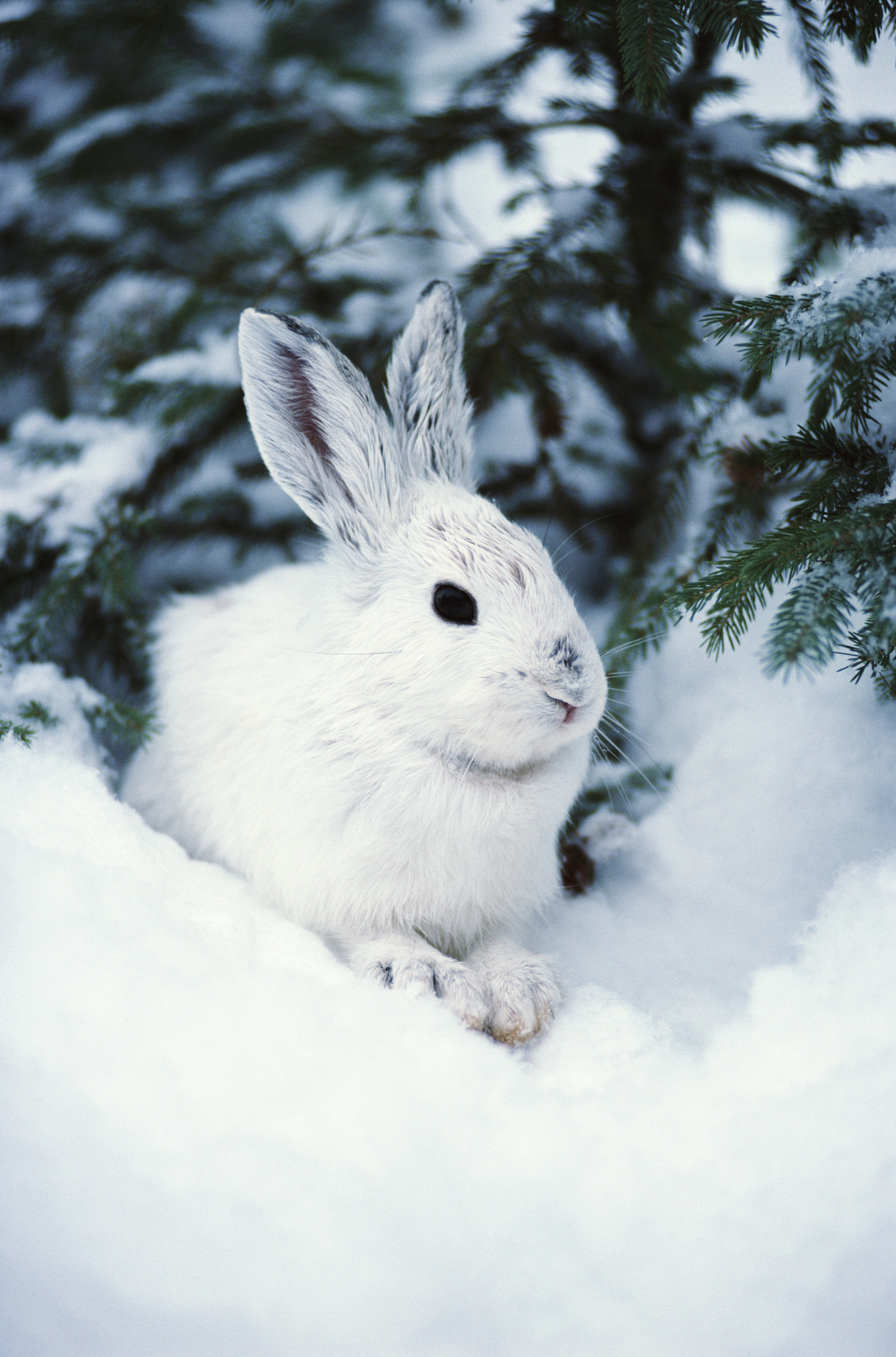What’s Your Favorite Animal?

While I wish we could buy all the critters, this year my husband and I are opting to supply a family with a rabbit, in honor of our own pet bunny (although I think he would be quite indignant at the idea of rabbit stew). The World Vision catalog describes rabbits this way:
Rabbits multiply and multiply their blessings! God created rabbits to be among the most prolific animals on earth, making them a terrific gift for an impoverished family. With a gestation period of just 31 days, a pair of rabbits can easily become 50 rabbits within a single year. These offspring can provide food or be sold at market, producing a steady source of extra income.
Animals are such integral parts of our lives, whether as companions or for labor, and it’s easy to take them for granted. Yet, as World Vision indicates, our furry and feathered friends constitute a major example of God’s enormous love of and provision for humanity.
Serving and Pleasing
RTB founder Hugh Ross is definitely an animal lover—and animals seem to love him right back. Kathy Ross tells us their cats are beside themselves with joy when Hugh comes home from a speaking tour. And once when I asked him what his favorite animal was, Hugh replied, “Well, there’s a skunk in our backyard that’s gotten quite friendly.”
In his latest book, Hidden Treasures in the Book of Job, Hugh devotes several chapters to discussing animals. Specifically, he focuses on the nepesh (sometimes nephesh), birds and mammals that possess “soulish” qualities. These are animals endowed with mind, will, emotion, and personality (though not spirits), thus enabling them to form lasting bonds with each other and with humans. Hugh points to the origin of soulish and spiritual (exclusive to humans) qualities as a challenge to evolutionary theory. He also proposes that animals are designed to serve and please humans, and demonstrates how we can learn spiritual truths about the Creator from His creatures.
Nepesh Hall of Fame
In Job 38 and 39, God Himself specifically mentions ten animals as examples for Job and his friends to observe. Believing that all biblical details are attention-worthy, Hugh researched these animals to see what makes them deserving of making the list. They are, in order of mention:
- Lions
- Ravens
- Goats
- Deer
- Donkeys
- Wild oxen
- Ostriches
- Horses
- Hawks
- Eagles
Hugh calls these creatures the top ten nepesh. In his research, he discovered that each animal played vital roles in helping the survival and spread of early humanity and often continue to serve and please to us today. Each of these creatures especially demonstrates the Creator’s loving provision for humanity’s needs.
It’s interesting to note how God seems to relish talking about these animals in Job. Of course, if we were able to ask God what His favorite creature is, I think He would say the only one created in His image.
What animals would make your list of favorites?
— Maureen
Resources: Check out Hugh’s book to find out his reasoning for these animals’ inclusion in God’s top ten list. You can get a taste of what the animal chapters in Hidden Treasures in the Book of Job entail with these articles:
- “’Quoth the Raven, ‘Nevermore’”: a look at ravens’ superior intelligence
- “Optimal Memory Design and Benefits of Forgetting”: a look at the benefits rodents (including rabbits!) provide humanity, both in the past and now





